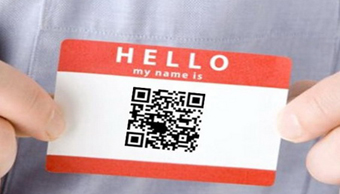We’ve heard the statistics that more than 78% of purchases are conducted online. 2014 data showed online visits made on smartphones at 10.6 billion versus 5.8 billion on a PC. We’ve been warned that Google is now only delivering mobile friendly sites to those searching on mobile devices. Today there is an emerging trend that reveals how consumers are becoming completely smartphone dependent.
People aren’t just shopping on mobile devices ~ they are doing away with home broadband and desktops all together.
The latest research from Pew Internet shows that consumers are using smartphones as the only way they access the internet. They estimate that 19% of Americans rely partially or entirely on mobile devices to browse information or to access online services. Just as many Americans have traded landlines for mobile phones, they are trading high speed internet at home for 3G on their wireless devices. With all of the competition among cellular carriers, browsing the internet on a cellular device has become relatively inexpensive. In fact, nearly 1 in 10 consumers is now smartphone-dependent.
Pew’s Statistics:
• 10% of Americans own a smartphone but do not have broadband at home.
• 15% own a smartphone but say that they have a limited number of options for going online other than using their cellphone.
• 7% of Americans own a smartphone but have neither traditional broadband service at home nor easily available alternatives for going online other than their cellphone.
We may remember the statistics of the 1990s on internet usage. In the last decade, the mobile revolution had a lot to do with the decline of Microsoft and Dell as people gave up desktops and laptops for tablets. What we most remember however, is how quickly these trends take off. To watch the growth of internet users in real time click here.
If you haven’t already converted your website to mobile friendly, you will be quickly buried in the land of the non-existent. If you haven’t begun to position your advertising for mobile devices, you are missing a huge segment of the market. The smartphone dependent trend is driven by younger adults. 15% are between the ages of 18-29 and have no other access to the internet. Additionally lower incomes levels and competitive broadband and mobile packages offered by cellular carriers are also driving this trend.
QR Codes have become quite popular, and when added to print marketing, allow consumers to scan and explore your message. In fact, there are numerous ways to interact with and engage the smartphone consumer with in store displays, print advertising, product packaging and any other places in which your customers are interacting with your products and services.
Smartphone users chat, check social media, email, study and even use their phones while shopping. This is an emerging group of target customers who have given up their desktop computers and conduct their social life on mobiles devices. 79% of consumers are using their mobile phones while shopping:
• 32% search for better prices
• 27% search for reviews
• 26% scan a barcode
• 23% use coupons or look for coupons
• 11% pay for a purchase at the register
Are you ready for the Rise of the Smartphone Dependent Consumer?
Call us today to discuss how we can position your website, products and services in a way that keeps you on top of emerging trends.




